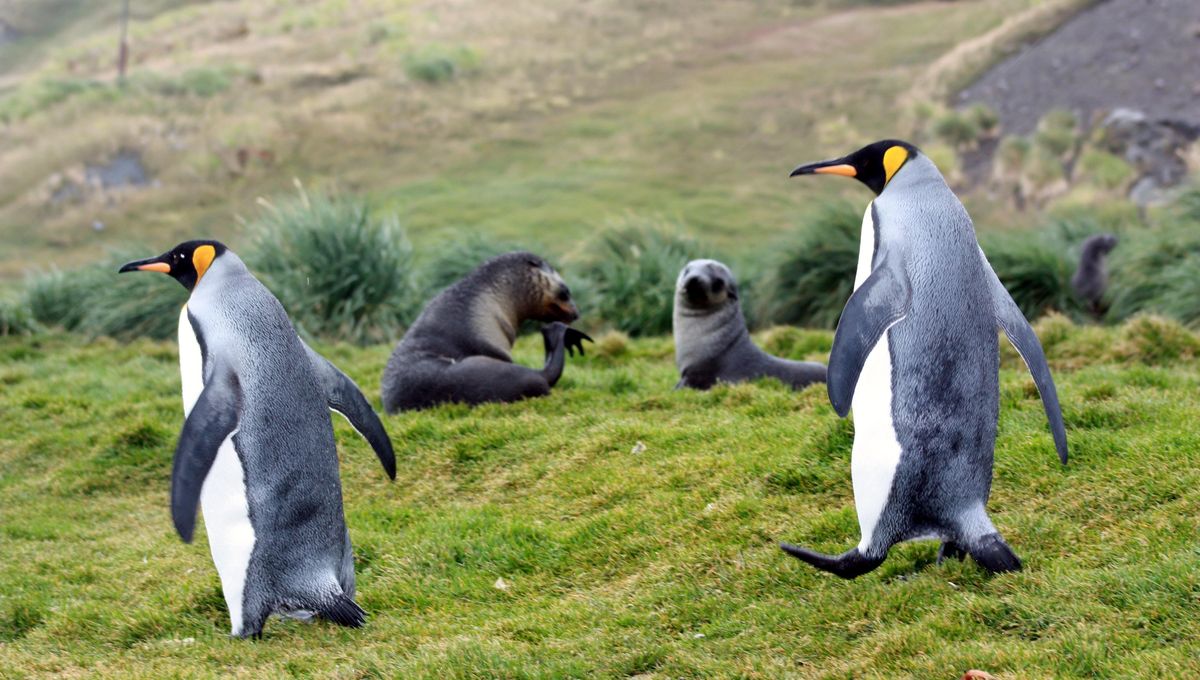
The spread of highly pathogenic H5 avian influenza (HPAIV) – otherwise known as bird flu – has been closely watched by global health experts since 2021, when the first of two major waves of disease decimated wild and domestic bird populations. Since then, we’ve seen unprecedented spread of the virus into a number of mammals, and recent outbreaks on dairy farms the US have raised yet more red flags. So, what’s the latest?
California sees first human cases
According to the Centers for Disease Control and Prevention (CDC), 14 US states had reported outbreaks of H5N1 flu in dairy cows as of October 4, 2024. That amounted to a total of 255 affected herds. Four states – Texas, Michigan, Colorado, and Missouri – had also reported a handful of human cases of the infection, and now California can also be added to that list.
California first saw H5N1 outbreaks in cattle back in August, and the CDC recently confirmed two human cases associated with exposure to dairy cows. This brings the current total to 16 human cases so far in 2024, of which six have been linked back to infected cows. Of the others, nine of the cases were known to have had contact with infected poultry, and one case is still undergoing testing.
The two cases in California are not thought to be linked to each other. The CDC reiterated in a press release that the risk to the general public remains low, but that those who work with poultry or in the dairy industry should wear personal protective equipment (PPE) when in contact with animals, raw milk, or any surfaces that could become contaminated.
Vietnam zoo outbreaks leave dozens of big cats dead
Cows are by no means the only mammals to have been affected by HPAIV in the last few years. Animals as diverse as alpacas, dolphins, and polar bears have all succumbed, and now bird flu has devastated big cat populations in two southern Vietnam zoos.
The Guardian reports 47 tigers, three lions, and a panther died during August and September at two facilities: the privately owned My Quynh safari park, and the Vuon Xoai zoo. The deaths were put down to H5N1 infection after testing by the National Center for Animal Health Diagnosis. As reported by Reuters, it’s thought likely that the animals caught the virus from infected chicken meat.
This sad development also underscores some of the main concerns around the continued spread of H5N1 among non-avian populations. In an interview in June, ex-CDC director Robert Redfield warned about the risks of the virus picking up mutations in mammals that could make it more efficient at infecting humans. More recently, a group of public health experts authored a stark caution that the US was failing to learn lessons from COVID-19 in the wake of a possible H5N1 pandemic in the future.
Outbreak reaches Antarctica – but Oceania remains untouched
Not many places on the planet feel as remote as the Antarctic, but recent research revealed that HPAIV has even spread to these frozen frontiers.
“We initially detected H5N1 HPAIV in samples collected from brown skuas at Bird Island, South Georgia on 8th October 2023,” write the authors, going on to detail several further detections in birds and seals in South Georgia, and two bird species in the sub-Antarctic Falkland Islands.
It’s a concerning development for bird conservationists, as South Georgia has been designated an “Important Bird Area” by BirdLife International – there are fears that an outbreak here could have a substantial impact on populations of seabirds more broadly. Additionally, migratory species could become infected in the region and then help spread the virus even further.
But there is still one part of planet Earth where HPAIV hasn’t yet got a foothold. Oceania, the continent that includes Australia and New Zealand, is yet to report a detection of this strain of virus, though University of Melbourne virologist Michelle Wille told Nature News that it’s “a matter of when, not if.”
Wille is part of a team of scientists who have begun an extensive survey of migratory birds in seven locations across Australia, collecting blood samples and swabs to look for traces of the virus.
One bird that’s been earmarked as a possible superspreader is the duck – it’s thought that ducks’ immune systems may be uniquely well-equipped to fight off the infection while still allowing them to pass it on.
Thanks to the region’s unusual ecology, Oceania’s native ducks don’t tend to migrate overseas, though Wille highlighted a couple of species that do, and that could theoretically come back from their trips with some unwelcome baggage in the form of H5N1.
For now, it’s a matter of watching and waiting – and that goes for the rest of the world too. As the “forgotten epidemic” continues to evolve, experts are keeping a close eye on how it’s affecting different animal populations so that – hopefully – we’ll know in good time if we need to take a fresh look at our own defenses.
The Antarctica study is published in Nature Communications.
Source Link: Outbreak Hits Vietnam Zoos And Virus Spreads To Antarctica – Latest On H5N1 Bird Flu